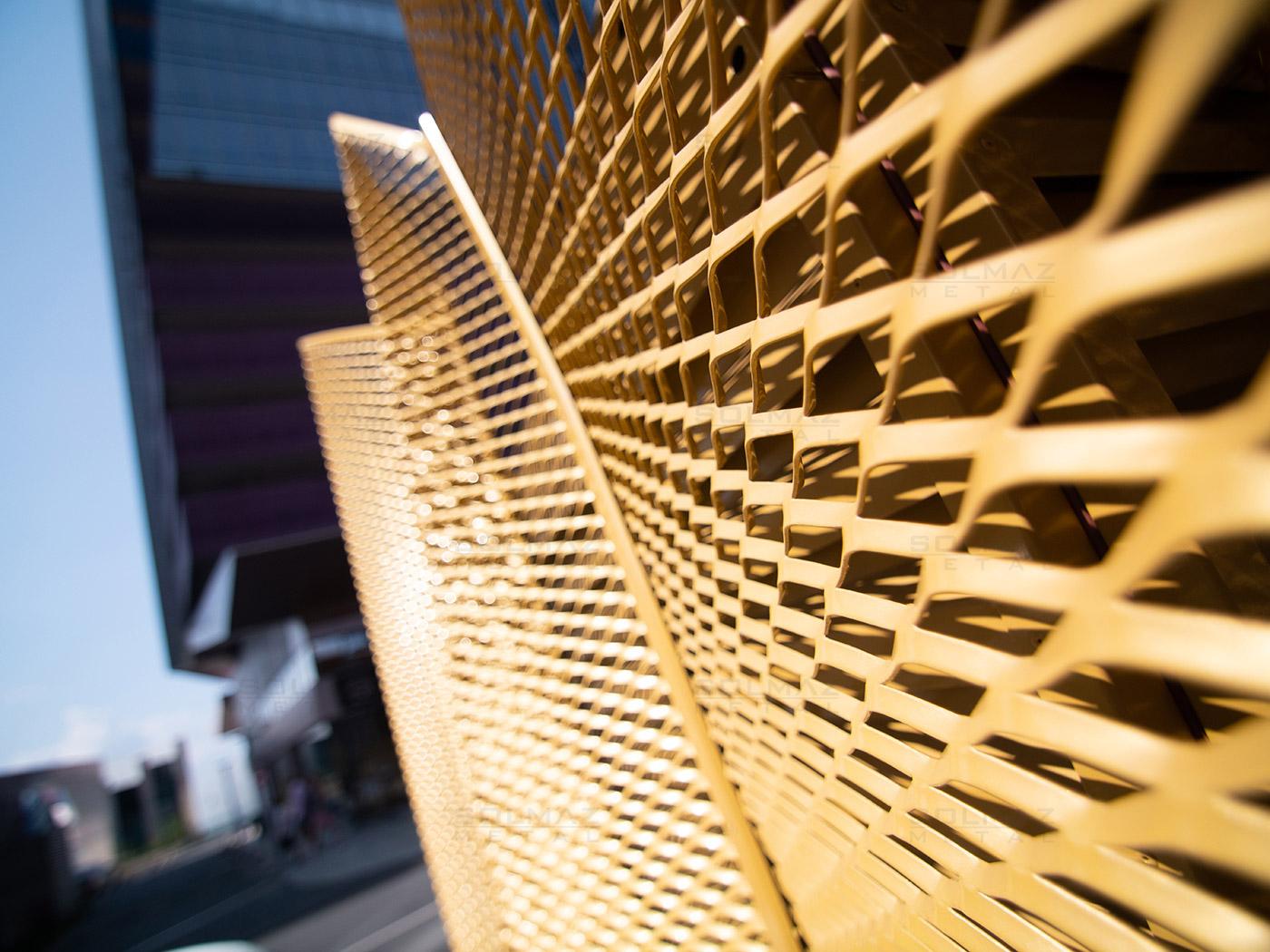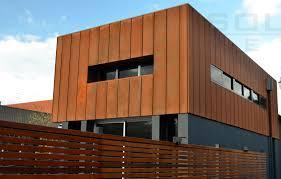Solmaz Metal
Blogs
You can find the latest news from our company and the fairs we attended.
MEASUREMENT OF METAL STRENGTH (TENSILE AND IMPACT RESISTANCE)

When choosing a metal for a particular project, one of the most important aspects - especially when it comes to structural applications - is tensile strength and impact resistance. Knowing what these mechanical properties are and how to evaluate them is crucial to choosing the right metal for your project.
What is Tensile Strength?
Tensile strength is a value that demonstrates the ability of a metal to resist deformations and distortions that apply tensile loads (known as tensile loads). Tensile strength is typically measured in pounds per square inch (PSI) or pascal (Pa).
There are 3 different types of tensile strength: Tensile strength, Superior tensile strength, Fracture tensile strength
Yield strength Before starting to deform as plastic is the strength of a metal is found. The final tensile strength is the maximum tensile strength of a metal and is typically found after the onset of plastic deformation. The fracture tensile strength is the strength of the metal at the final failure point.
Tensile Strength Test
A tensile tester is required to accurately test the tensile strength of a material. This machine consists of two sets of jaws, a control unit and rollers that create the force of the tensile load.
To perform the test, a metal sample is loaded into the jaws. In most cases, the metal is machined to be thicker where it is clamped by the jaws. This ensures that no jaw breakage occurs and is not a result of the stress concentration in the jaws. The rollers are operated using the control unit and one or both sets of jaws move away from each other exerting tensile stress on the metal. When the material reaches its failure point, the controller receives data on how much power is used. The force data is then used together with the cross-sectional area of the metal to calculate the force on the field unit such as PSI or Pa. The results of the tensile test can be shown on a stress-strain curve.
Tensile strength is such a frequently documented mechanical property because many metals must be subjected to tensile loads during their service life. Some practical examples where tensile strength is important include chains for lifting or pulling, fasteners when tightened, or structural metals in a skyscraper as the wind applies force to the building.
What is Impact Strength?
Impact resistance is the ability of a metal to absorb impact energy while resisting cracking or cracking. Impact resistance is also known as toughness and is often expressed in feet pounds (ft-lbf) or Joules per meter (J / m).
Impact Resistance Testing
Impact strength testing There are several ways to One of the most widely used tests Charpy V notch test . To perform a Charpy V notch test, a metal sample is brought to a size specified by the standard and has a center-notched precision. It acts as a geometric stress concentrator, so that the material breaks at the desired location during the test. It is imperative that this notch be processed with extreme precision, as it is crucial to achieving accurate test results.
The metal sample is then loaded into a Charpy V notch tester. The Charpy V notch tester consists of a vise for the sample and a pendulum with a known weight in the horizontal position. During the test, the pendulum is released and the energy absorbed by the metal is recorded when the pendulum is affected and deformed. The amount of energy absorbed is used together with the dimensional values of the metal to calculate the impact strength of the metal. This test is usually carried out at several different temperatures because the temperature has a large impact on the impact strength of the metal. An alternative test to determine hardness, Izod impact resistance test .
Knowing impact resistance is a very important mechanical property because metals are subject to collisions and impacts - even if not planned - in many applications. Daily examples of impact stresses applied to metals include a hammer head that collides with an object and stamps molds and chisels.



